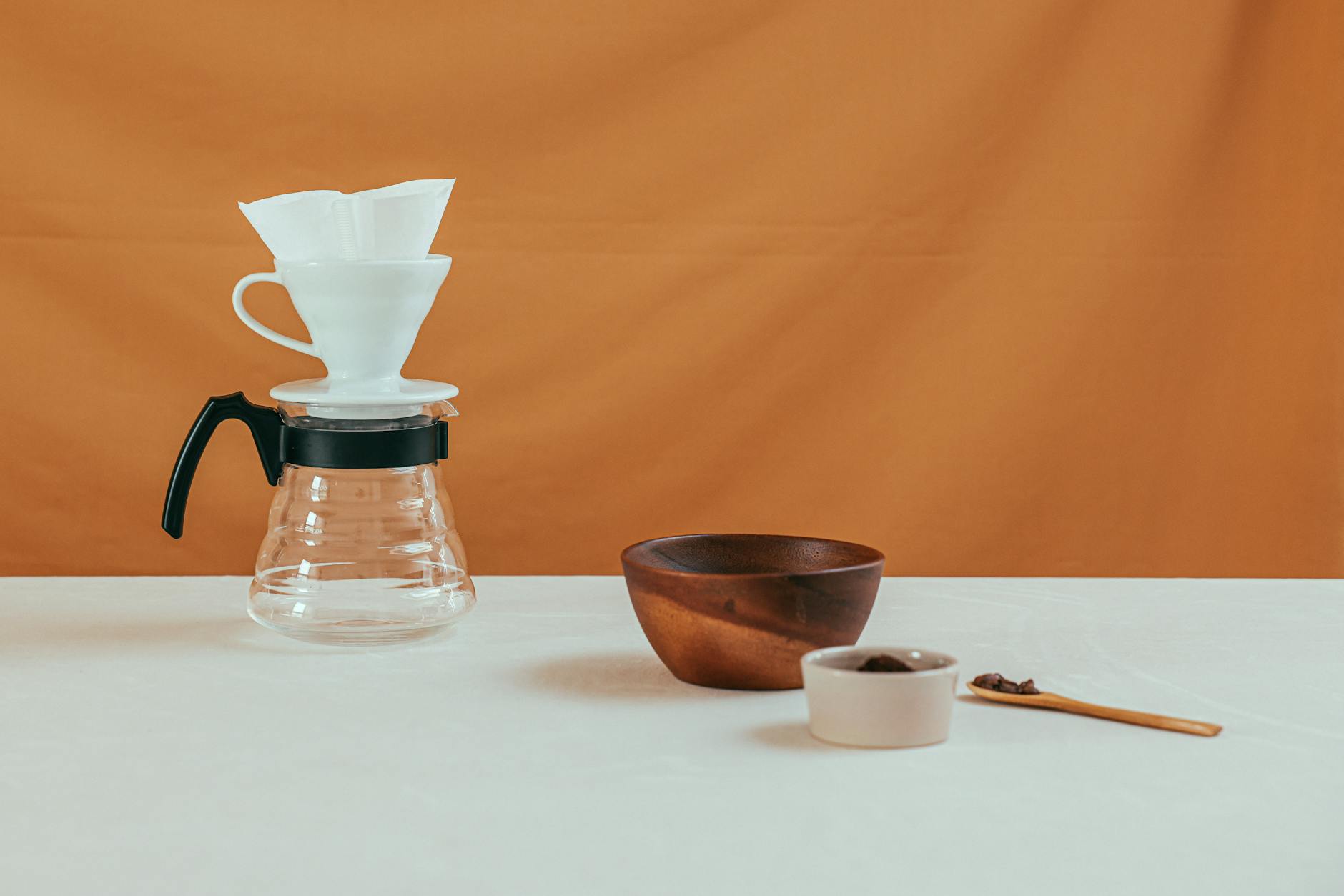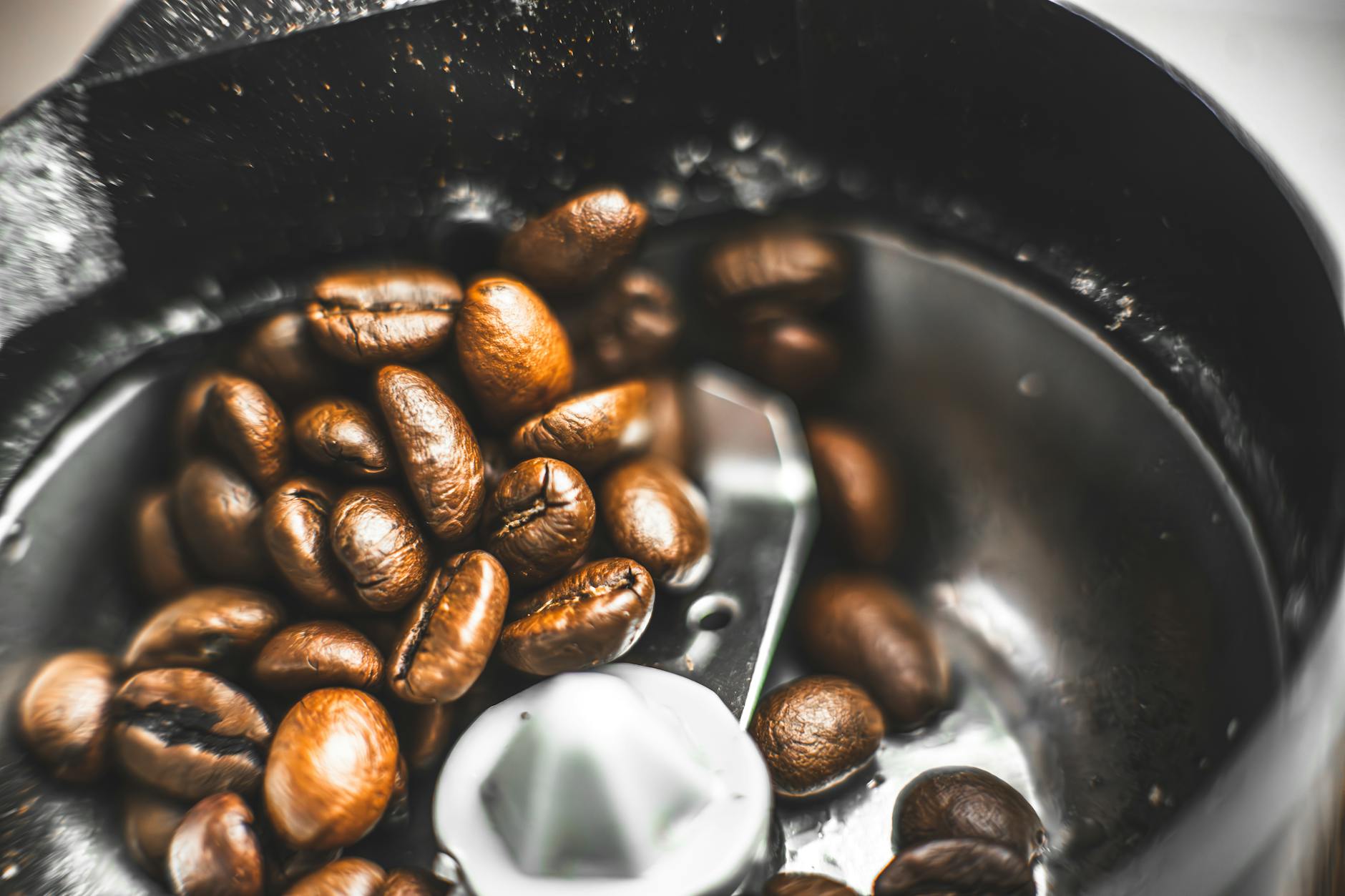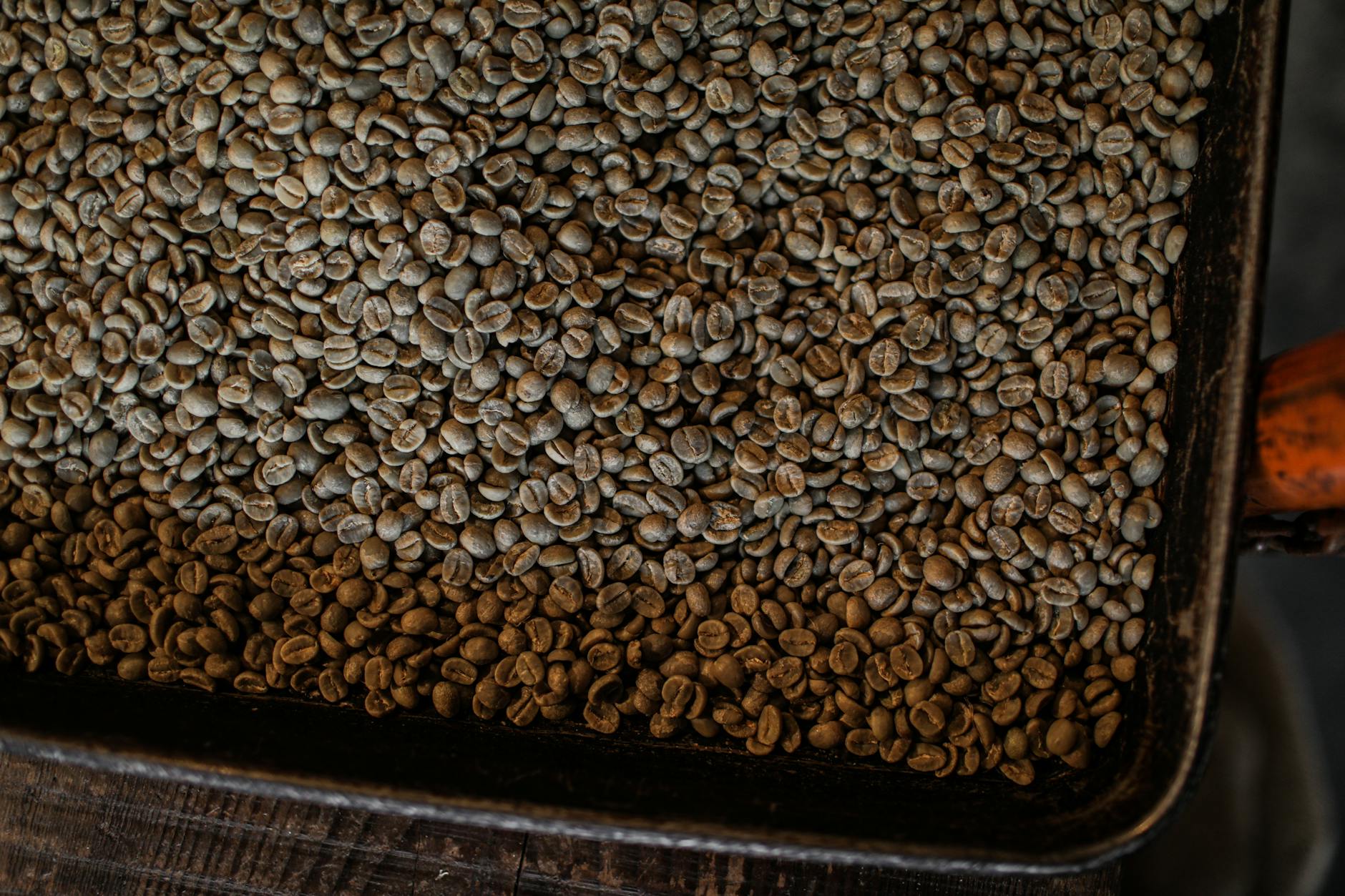The scent of freshly brewed coffee has an almost primal power, doesn’t it? It can jolt you awake, center your focus, and set the tone for a day of conquering. But, let’s be honest, most of us are just winging it when it comes to brewing. We grab a pre-ground bag, dump some in a machine, and hope for the best. That’s fine for a quick caffeine fix, but if you’re craving something truly exceptional, we need to dig a little deeper.
The Basics: Understanding Coffee’s Essence
Before we get into the methods, let’s understand the fundamentals. Coffee is a complex concoction of oils, acids, and compounds that all contribute to its flavor. The brewing process is about extracting those flavors from the roasted beans and into your cup. The main factors at play? Grind size, water temperature, and brewing time. Screw these up, and you’re left with a bitter, sour, or just plain weak brew. Like trying to trade penny stocks in a bear market, it’s a recipe for disaster.
The grind size is arguably the most critical. Too coarse, and you get under-extraction – a weak, watery brew. Too fine, and you over-extract, resulting in a bitter, burnt flavor. Water temperature matters just as much. The general rule is between 195-205°F (90-96°C) for optimal extraction. Any hotter, and you risk burning the grounds. Any cooler, and the flavors won’t fully develop.
Coffee quality also plays a major role. Using high-quality beans, roasted and ground at their peak, is the most important step toward achieving a great cup. This isn’t about being boujee; it’s about respecting the process. When you start with quality, every other step is easier to master. It’s like choosing a reliable broker – it sets you up for success.
The Brewing Battlefield: Method Showdown
Now, let’s break down the major brewing methods. Each one brings out different characteristics in the coffee and demands slightly different skills. Choosing the right method depends on your preferences and the type of coffee you’re using. Like picking the right strategy for the market, you need to understand the tools at your disposal.
Drip Coffee: The Everyday Workhorse
Drip coffee is the most common method, but that doesn’t mean it has to be mediocre. The key is to get the water temperature right and use a good grind. The biggest advantage is its simplicity and convenience. With automated machines, you can set it and forget it. But don’t let that convenience lull you into complacency. Pre-grinding your coffee and letting it sit for a week before brewing is a cardinal sin!
Proper drip coffee is surprisingly delicious when done right. Always start with fresh, filtered water. Water quality dramatically affects the end product. You might also try a pour-over device for a finer brew that offers more control over the process. This method is less convenient than a standard drip machine, but the final brew can be worth it. Many serious coffee drinkers prefer pour-over because it gives them more control over the brewing process.
French Press: Bold and Bodacious
The French press is known for its bold, full-bodied flavor. The coffee grounds steep directly in hot water, resulting in a rich, oily brew. However, this method requires a coarser grind and careful attention to brewing time to avoid over-extraction. Don’t overdo it; too long, and you’ll end up with a muddy cup, like trying to trade without a stop-loss order.
For French press, the recommended brewing time is typically 4 minutes. After that, you gently press the plunger to separate the grounds from the coffee. Pour immediately; letting the coffee sit in the French press after brewing will cause it to over-extract. This is a critical step for controlling flavor. As a bonus, you can see the glorious oil blooming on the surface of the brew, which indicates rich flavor.
Pour Over: The Craft Coffee Classic
Pour-over brewing is hands-on, allowing for complete control over every aspect of the brewing process. The coffee is slowly saturated with water, allowing for precise control over the brewing time and flavor. The technique is simple: a paper filter is placed in a pour-over device, the coffee grounds are added, and hot water is carefully poured over the grounds in a circular motion.
According to a study in the *Journal of Agricultural and Food Chemistry*, pour-over methods can extract more of the desirable flavor compounds from coffee beans compared to some automated methods. Here is an example of that study. These techniques reward patience and practice. The results are worth it if you seek ultimate control over the brewing process. The precision allows for a nuanced cup, highlighting the subtleties of the beans. It’s like analyzing market trends; the more careful your approach, the better your returns.
AeroPress: Quick and Clean
The AeroPress is a versatile method that brews coffee through immersion and pressure. It produces a clean, smooth cup in about a minute. It’s perfect for traveling or brewing a single cup, and the cleanup is easy. AeroPress users love its simplicity, its ability to produce low-acidity coffee, and its portability. This is a great method for camping trips!
The AeroPress uses a combination of immersion and pressure to extract flavor, allowing for a faster brewing time than other methods. Because the brewing time is short, it is essential to pay close attention to grind size and water temperature to avoid under-extraction. It is also a great method if you like to experiment with different recipes.
The Perfect Brew: Expert Tips
To make the perfect cup, start with quality beans. Freshly roasted, whole-bean coffee is essential. Grind your beans right before brewing to preserve their aroma and flavor. Like good stock, you want to invest in the best.
Water quality is also crucial. Use filtered water heated to the appropriate temperature for your chosen brewing method. Experiment with the water temperature to fine-tune your brew. Some beans thrive at a higher temperature while others require a lower one.
Pay attention to your brewing time and use a scale to measure your grounds and water. This helps you to dial in the best ratio for your beans. Like in trading, you can’t fly blind. Know your numbers, and adjust accordingly. And finally, clean your equipment thoroughly after each use. This will prevent bitter flavors from building up, like a portfolio that’s starting to weigh you down. It will make your coffee taste like yesterday’s loss!
According to the Specialty Coffee Association, the ideal water-to-coffee ratio is 1:15–1:18 (grams of coffee to milliliters of water), although this can be adjusted based on personal preference. The SCA is a great resource for this type of information.
Final Thoughts: Brew Your Own Rebellion
Mastering coffee brewing is a journey, not a destination. The best part? You don’t need fancy equipment to get started. You can start with a simple French press or pour-over and still get a great cup. The more you experiment, the more you’ll learn, and the better your coffee will become. You’ll also begin to recognize the different flavors and aromas that each bean has to offer. Remember, it’s not just about getting a caffeine fix; it’s about the experience. Like building your own empire from the ground up. Don’t be afraid to break the rules!
And if you need a vessel worthy of your perfect brew? Check out the perfect mug—the kind that screams, “I’m not playing around with my morning caffeine.” Grab yourself the ultimate modern mugs. Now go forth and brew!


